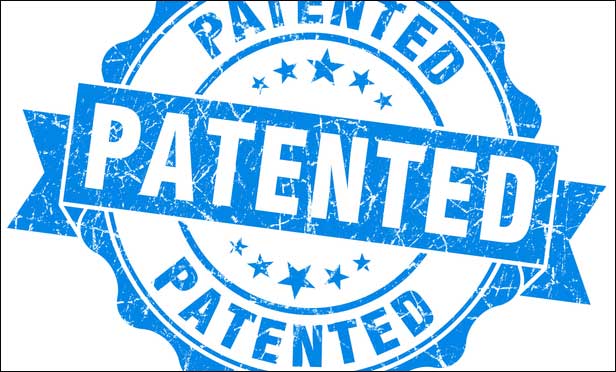A recent decision from the U.S. Court of Appeals for the Federal Circuit, VirnetX v. Cisco Systems, 2014 U.S. App. LEXIS 17748, highlights the uncertain and shifting currents for proving patent damages. This case caption is somewhat misleading because the damages issues actually focused on Apple products. In any event, the specific defendant is not important except to note that the size of the defense team and the availability of experts are not determinative of the outcome on damages.
Before discussing the case outcome, consider a typical trial scenario. Your client, the patent owner, identified an infringer. You do your analysis and believe you can successfully assert the patent in a district court action. And you recognize that the patent damages statute (35 U.S.C. Section 284 entitles the patentee to damages in an amount “adequate to compensate for the infringement, but in no event less than a reasonable royalty for the use made of the invention by the infringer, together with interest and costs as fixed by the court”) is not as straightforward as it might appear.
This content has been archived. It is available through our partners, LexisNexis® and Bloomberg Law.
To view this content, please continue to their sites.
Not a Lexis Subscriber?
Subscribe Now
Not a Bloomberg Law Subscriber?
Subscribe Now
LexisNexis® and Bloomberg Law are third party online distributors of the broad collection of current and archived versions of ALM's legal news publications. LexisNexis® and Bloomberg Law customers are able to access and use ALM's content, including content from the National Law Journal, The American Lawyer, Legaltech News, The New York Law Journal, and Corporate Counsel, as well as other sources of legal information.
For questions call 1-877-256-2472 or contact us at [email protected]



